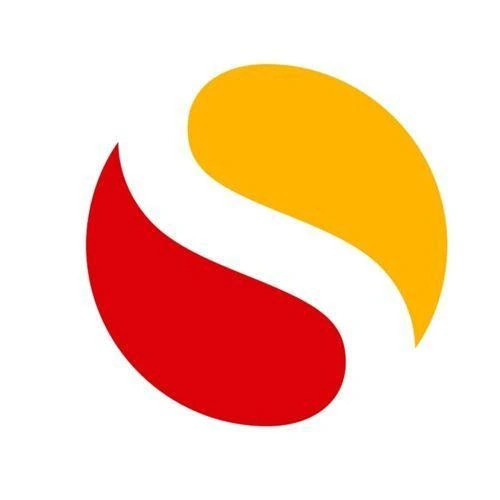|| Mechanical CAD Course in Ahmedabad
Welcome to the Mechanical CAD Master Program Course in Ahmedabad at BIT Ahmedabad, where you will receive comprehensive training in a wide range of industry-leading CAD software used in mechanical engineering and product design. This Mechanical CAD training course in Ahmedabad offers hands-on experience with popular CAD tools such as AutoCAD Mechanical, SolidWorks, PTC CREO, Solid Edge, UG-NX CAD, Inventor, CATIA, and Ansys, providing a solid foundation for aspiring CAD designers and mechanical engineers.
Throughout the CAD courses, students will master AutoCAD Mechanical for precision drafting and mechanical design, SolidWorks for advanced 3D modeling and simulation, and PTC CREO for parametric design and analysis. The curriculum also includes training in Solid Edge for synchronous technology, UG-NX CAD for advanced product design, Inventor for digital prototyping, CATIA for aerospace and automotive design, and Ansys for finite element analysis (FEA) and computational fluid dynamics (CFD).
This CAD classes in Ahmedabad will equip you with the skills required for mechanical CAD design, product development, and engineering analysis. You’ll learn how to create detailed mechanical drawings, simulate real-world conditions, and optimize designs across a range of industries, including automotive, aerospace, and product development. By the end of the CAD training, you will be prepared to pursue exciting career opportunities as a CAD designer, mechanical engineer, product development specialist, or engineering analyst, ready to meet the demands of today’s competitive engineering and manufacturing sectors.
"Master mechanical design with the Mechanical CAD Master Program at BIT Course in Ahmedabad"



 4.8 (21,636) reviews
4.8 (21,636) reviews


 Read more
Read more 
